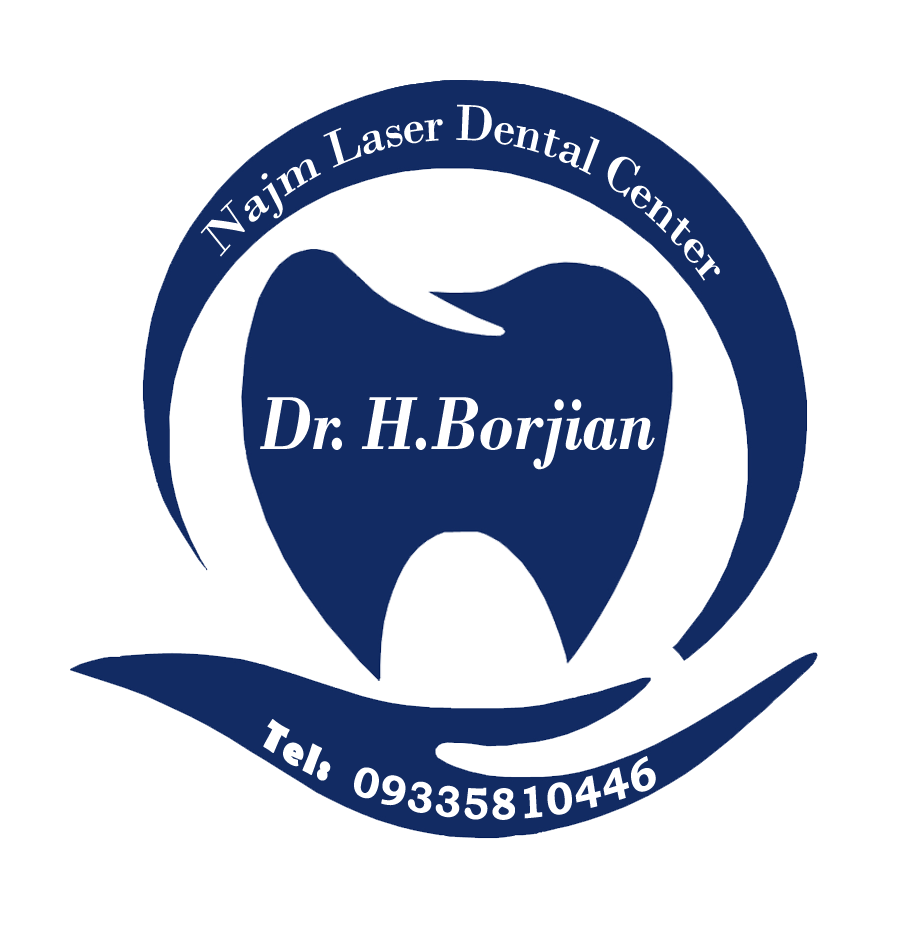Examining ways to prevent and treat tooth decay
Although cavities are common, they are also preventable. In this article from Dr. Hossein Borjian's website The best implant in Isfahan We examine the prevention and treatment of tooth decay.
Taking these steps can help reduce the risk of tooth decay:
- Regular brushing. Brush your teeth twice a day for two minutes with fluoride toothpaste.
- dental floss. Failure to use dental floss is the cause of tooth decay in the interdental areas.
- Minimize sugary snacks and drinks, which can cause acid build-up from plaque
- Avoid frequent snacks so that your teeth are not constantly exposed to the acids that are created when you eat.
- To aid in early detection Tooth Decay Visit the dentist regularly.
Caries treatment methods:
Treating your caries depends on early detection. If you notice decay early and see a dentist, your dentist may use fluoride treatments to prevent further damage.. This to Enamel It helps to restore minerals that have been depleted due to plaque formation. However, cavities often require additional treatment to ensure that the damage to your tooth does not worsen..
Fillers (Filling):
The dentist drains the damaged tooth enamel to the required extent and fills it with artificial material. This prevents further damage to the tooth, as the filling acts on your tooth in the same way that enamel protects it.. These synthetic materials are of two types. Composite and amalgam.
Restoration with composite material:
These materials are among the most common fillers and are similar to the color of teeth . They are very durable and can last up to 15 years with very good oral and dental hygiene (With poor oral hygiene, their lifespan is much shorter.)
Amalgam material:
Most people know dental amalgams as silver fillings. Amalgam is a combination of several metals including silver, tin and mercury. They are cheaper, more durable and more comfortable than filling with composite material. But they don't look very natural. Mercury, which makes up about 50% of its composition, is used to bond metals together and provide a strong, hard and durable filling.. After years of research, it has been found that mercury is the only element that binds these metals together in a way that easily locks with a tooth cavity..
Mercury in dental amalgam is not toxic. When the mercury in dental amalgam is combined with other materials, its chemical nature changes, so it is essentially harmless.. The amount of mercury released in the mouth under the pressure of chewing and grinding is very small and does not cause any health concerns. In fact, its amount is less than other substances that patients are exposed to in food, air and water.

Root canal treatment (root canal):
A root canal is needed when decay has penetrated the enamel and reached the pulp of the tooth, the pulp is the material inside your tooth that surrounds the nerves and blood vessels.. In this method, in the first session, the dentist cleans the root of the tooth by removing any decay and places a temporary filling material.. In the next session, the treatment fills the inside of the root canal and then, depending on the amount of tooth you have lost, a permanent filling material or a permanent veneer is placed on the tooth..
pull tooth:
If the damage to your tooth from a cavity is extensive, the dentist may recommend that the tooth be extracted. In this case, you should use a bridge or implant to replace the remaining tooth space, so that your other teeth do not move into the space..
Early warning signs of tooth decay
It is difficult to detect caries at the beginning because they have no symptoms in the initial stage. However, an early warning sign about Tooth Decay There is: White spots appear on the teeth. These stains show the places where enamel minerals - the main building blocks of this protective layer - have been depleted.
If you notice white spots, especially on children's teeth, you can talk to your dentist about how to prevent the spots from turning into decay..
The Instagram page of Dr. Hossein Borjian, the best implant in Isfahan
Following these steps may help:
- Brush properly, twice a day, with a fluoride toothpaste.
- Talk to your doctor about using a fluoride supplement, such as a fluoride mouthwash Fluoride, speak . Especially if you don't normally drink from public water sources that contain fluoride.
- Reduce the number of sweet foods and snacks that you or your child consume throughout the day.
- Avoid eating and drinking after brushing your teeth and before going to bed.
Attention :
- The scientific accuracy of the above article should be consulted with Dr. Borjian, a specialist, in person Gum and bone grafting be confirmed.
- This article was managed and published by the site admin.
Read more :
Advantages and disadvantages of dental bonding
Different types of bone grafts
Comparison of front teeth implant with bridge



